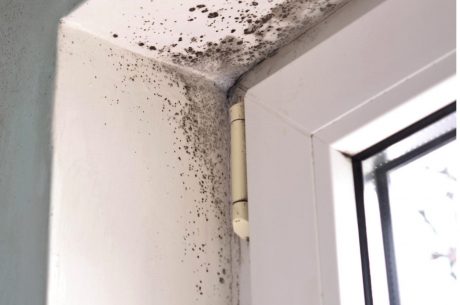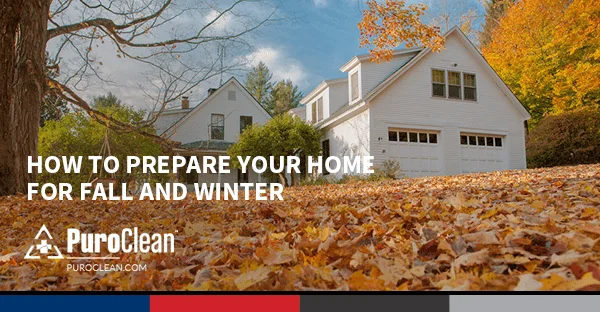 Black mold, also called toxic black mold, feeds on organic material and moisture. In homes, it commonly grows in areas such as the bathroom, basement or kitchen. The Center for Disease Control recommends that all molds found in the indoor environment be eliminated, as mold exposure presents health risks to occupants. If you must clean black mold yourself, make sure the affected area is smaller 10 square feet. However, call a professional for larger mold infestations.
Black mold, also called toxic black mold, feeds on organic material and moisture. In homes, it commonly grows in areas such as the bathroom, basement or kitchen. The Center for Disease Control recommends that all molds found in the indoor environment be eliminated, as mold exposure presents health risks to occupants. If you must clean black mold yourself, make sure the affected area is smaller 10 square feet. However, call a professional for larger mold infestations.
When you’re ready to begin the black mold removal job, wear protective gear before going near mold: goggles, dust filter mask or respirator, clothing that covers your whole body, and gloves. Exposure to mold can cause respiratory problems, such as coughing, and other symptoms.
The first step to dealing with mold is drying the affected area, regardless of what the area is. If the moisture problem is not remediated, mold will recur after the black mold removal process.
- Fix leaks in damp areas around tubs or sinks, as well as cracked or damaged pipes.
- Water may seep into your home through dirty or damaged gutters, so make sure the gutters are clean and in good shape.
- Make sure the ground around your house slopes away to keep the basement and crawl space dry.
- Provide as much ventilation in your home as possible to keep the air flowing and maintain a dry indoor environment.
Once the moisture source is eliminated, start sealing off the room where mold grows. Use plastic sheets and duct tape to cover openings such as vents or doorways. These materials prevent mold spores from spreading the rest of your home when they are disturbed in the black mold removal process.
Inspect the area and decide which materials can be cleaned and which you should throw away. For instance, moldy drywall most likely needs to be discarded and replaced. If there was mold on carpet or other fabrics for more than 24 – 48 hours, these items should also be thrown away in most cases.
When the area is dried and sealed off, start removing the mold on the surfaces that you’ve decided to clean. Scrub the surfaces with a detergent solution; multiple washes may be required for tougher mold spots. Avoid using bleach, since bleach does not prevent mold from recurring. After cleaning, dry the surface quickly with the help of dehumidifiers and fans. Vacuum the remaining mold spores using a HEPA filtered vacuum cleaner.
If you’re remodeling after the mold removal, use water-resistant materials, such as tile, stone, deep-sealed concrete, waterproof wallboard, water-resistant glues, etc. Note that using water-resistant materials does not guarantee that mold will not occur. Mold will grow on these materials if there is moisture and a food source (organic material such as dirt or mud) on them, as well as warm conditions.
In worse cases, where the mold-affected area is larger than about 10 square feet, hiring a mold removal company is strongly recommended. Professionals have specialized equipment and implement advanced black mold removal techniques to bring the property back to pre-loss condition. For professional fire, water, and mold restoration services, contact your local PuroClean office.



 PuroClean of Jacksonville Southbank
PuroClean of Jacksonville Southbank